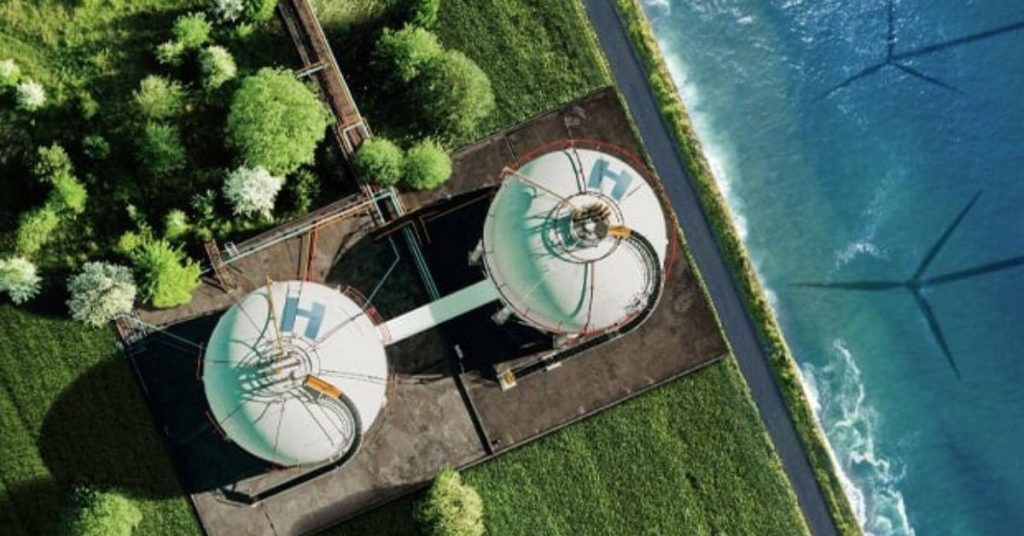The cost of producing green hydrogen in India could fall by up to 40%, driven by supportive government policies and financial incentives, according to a new joint report from the Institute for Energy Economics and Financial Analysis (IEEFA) and JMK Research & Analytics.
The report, titled India’s $2.1bn Leap Towards its Green Hydrogen Vision, projects that the levelised cost of green hydrogen could decline to ₹260–₹310 per kilogram. This anticipated reduction is attributed to measures such as affordable renewable energy supply, exemptions on inter-state transmission system (ISTS) charges, waivers on distribution and transmission fees, and a reduced Goods and Services Tax (GST) rate of 5% for hydrogen.
Key findings of the report also suggest that domestic electrolyser manufacturers are likely to lower system costs by 7–10% within the first five years. An average base incentive of ₹2,960 per kW (approximately US$36/kW) annually is expected to further drive cost reductions.
Central to the report is the government’s Strategic Interventions for Green Hydrogen Transition (SIGHT) programme, a core component of the National Green Hydrogen Mission (NGHM). With a budget allocation of US$2.1 billion, the programme offers two distinct financial incentive mechanisms aimed at accelerating the production of both electrolysers and green hydrogen within India.
“The SIGHT programme lays the groundwork for India’s ambitions to emerge as a global green hydrogen leader, leveraging the country’s abundant and increasingly affordable renewable energy resources,” the executive summary states. It also notes that while the programme has been positively received by industry stakeholders, further refinement is needed to attract start-ups, maintain global competitiveness, and build a reliable supply chain for long-term sustainability.
The report also calls for improvements in the policy framework surrounding green hydrogen. It emphasizes the need for globally recognized standards in areas such as additionality (ensuring hydrogen is produced using new renewable capacity), deliverability (tracing the energy source), and temporal matching (aligning production with energy generation timelines) to ensure the credibility and scalability of India’s green hydrogen exports.
In support of domestic manufacturing, the Solar Energy Corporation of India (SECI) issued a tender in July 2023 to develop 1,500 megawatts of electrolyser manufacturing capacity across the country. The report was authored by Jyoti Gulia, Founder of JMK Research & Analytics, and Kapil Gupta, Manager at the firm, with contributions from IEEFA’s South Asia Director Vibhuti Garg and Energy Specialist Charith Konda.
Tags: Energy Transition, GreenHydrogen, IEEFA, JMK Research, Renewable Energy, Sustainable development



Recent Posts
Polish Delegation and JKSH Group Explore Green Energy Project in Andhra Pradesh
bigbasket Expands EV Delivery Fleet to 50 Cities with Support from Kazam
Axpo Completes Spain’s First Ship-to-Ship Bio-LNG Bunkering for Container Vessel at Algeciras
BLG LOGISTICS and Liebherr Strengthen Sustainable Port Operations with Shore Power-Ready Crane in Bremerhaven
Beijing Maersk Enters Service as Latest Methanol-Powered Containership
Yinson GreenTech and C-Torq Deliver Marine Battery System for Hybrid Vessel in the Middle East
Singapore Tugboat Receives Biofuel-Ready Notation Following Retrofit
NYK Names Sixth Dual-Fuel LPG Carrier “Luna Pathfinder”